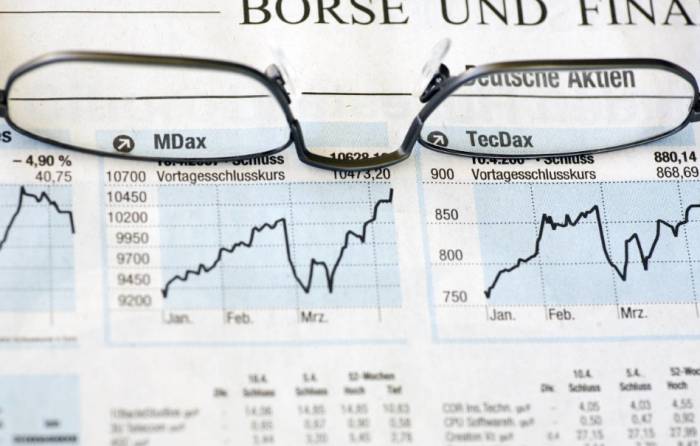A friend left a message, they want to invest in index funds regularly, which ones are more suitable?
Common Four Types of Index Funds
The more common types of index funds are mainly broad-based, industry, strategy, and theme.
▼ Broad-based Category
Such as CSI 300, CSI 500, CSI 800, CSI All-Share Index, etc.Typically, it includes stocks from various industries, with a very "broad" coverage range.
There may be distinctions in the size of stocks focused on.
For example, the CSI 300 mainly consists of large-cap stocks, the CSI 500 of mid-cap stocks, and the CSI 1000 primarily of small-cap stocks.
▼ Strategy-based
Usually, it employs a certain investment strategy, such as:
• Value Index, which selects stocks with low price-to-earnings ratios, low price-to-book ratios, and high dividend yields.
• Growth Index, which selects stocks with fast-growing revenues and profits.• Dividend Index, selects stocks with high dividend yields.
• Low Volatility Index, selects stocks with relatively low price volatility.
Strategic indices enrich investment options and meet the personalized needs of many investors.
Advertisement
Common strategies include value/growth, dividends, low volatility, quality/fundamentals, etc. The industries covered are usually quite broad.
▼ Industry Category
The most common industry indices are the 11 primary industries.Broad-based indices are composed of 11 primary industries, including consumer goods, pharmaceuticals, finance, energy, and so on.
Each primary industry is actually an indispensable part of society and also follows the development of society in the long term.
However, the volatility risk of industry indices is usually greater, with an average annual fluctuation of about 30%-50%.
In contrast, the fluctuation of broad-based indices such as the CSI 300 is typically around 20%-25%.
Therefore, when investing, it is also important to control the proportion of a single industry.For instance, new energy sources that are more familiar to everyone, and the recently emerged artificial intelligence, etc.
These thematic indices sometimes become **obsolete**.
For example, during 2015, high-speed rail index funds were very famous, but now they are rarely mentioned.
This is a general overview of the four types of index funds.
When investing in index funds, how should we choose?
So, when investing, how should we make our selections?(1) Broad-based, strategy, and industry indices will be given priority consideration.
These indices are the cornerstone of the stock market and will coexist with the entire stock market for the long term. The notion that indices are immortal primarily applies to these indices, where it is possible to be established.
(2) Thematic indices can also be considered if they present good investment value.
The premise is that thematic indices can exist for the long term and will not disappear after a few years of investment. At the same time, for the corresponding theme, it is best to have low valuation and strong profitability.However, overall, the proportion of industry and thematic indices needs to be controlled. Typically, a single industry or theme should be kept within 15-20% to be more secure.
Building a fund portfolio, such as an index-enhanced advisory portfolio, follows a similar approach.

Leave a Comment